California is easily one of the best states to ride an E-bike: you get to enjoy the sunny outdoors, feel the breeze on your face, and, most importantly, save up on gas money.
However, before you hit the throttle or pedal away, you need to know the ins and outs of California e-bike laws. Fines and punishments can be extreme, and some new amendments have been made, effective from this year.
We are here to simplify the most important California e-bike laws and ensure you do not get into trouble. Ready? Let’s roll!

Why New Laws?
Simply put, California's new ebike laws have been put in place because the number of ebikes within the state has increased exponentially, and a growing number of them are not obeying the existing ebike regulations.
Many independent riders modify their ebikes, adding extra components that give the bikes more power and enable them to ride above the speed limits required by the state. Obviously, this constitutes a safety hazard, not only to these riders to but to other road users as well.
These laws therefore, are a matter of public safety. The state has a limit on how fast ebikes can go, and vehicles that go beyong that speed can no longer be classified as ebikes and must be registered either as mopeds or motorcycles.
What are the New Laws?
California's new and most recent ebike laws are covered in a bill known as SB No. 1271, and they came into effect from January 1, 2025.
The bill is focused on regulations around bike safety, and include fire saftety and other requirements to preserve and ensure third party safety.
A crucial part of the bill also focuses on the classification of e-bikes. The three classes of ebikes have been clearly defined, with specific instructions on which classes of ebikes can have throttles, and which classes cannot.
What is an Electric Bicycle?
The new california bill defines an electric tricycle as a "bicycle equipped with fully operable pedals and an electric motor that does not exceed 750 watts of power". It is now illegal for any kind of vehicle that does not fall under this definition to be sold in California
In fact, the new Ebike laws in California expressly prohibit the sale of some kinds of vehicles under the category of "electricy bicycle". In other words, certain kinds of vehicles which do not legally classify as an e-bike (as specified by this bill) cannot be advertised, sold, or labelled as electric bycicles.
What is Not an Electric Bicycle
According to the new law in California, your bike will not be considered an electric bicycle if you make any of the following adjustments:
- modify the battery to to exclusively attain any speed above 20 mph or 750 watts of power.
- have its operable pedals removed
Ebike Classes Under California Law
Class 1 and Class 3 Ebikes Have Been Redifined!
On the subject of ebike classifications, the new bill makes the following clarifications
A Class 1 electric bicycle, also known as a low-speed pedal assisted electric bicycle is equipped with a motor that is:
- not capable of propelling the bicycle exclusively
- stops providing motor assistance when the ebike reaches 20 mph
- Can have throttle assist up to 3.7 mph.
For a Class 1 ebike, the motor must not be capable of propelling the bicycle exclusively or providing assistance to reach any speed higher than 20 mph.
Class 2 Ebikes
A Class 2 ebike is defined by California ebike laws as a "low-speed throttle assisted electric bicycle". A class 2 ebike can be exclusively powered by the motor (throttle assist) up to a top speed of 20 miles per hour.
Class 3 Ebikes
The new California law describes a Class 3 ebike as a (speed pedal assisted electric tricycle). The law makes it clear that:
- The motor of an Class 3 ebike must not be capable of exlusively propelling the bike.
- Motor assistance must stop when the bike reaches the speed of 28 mph
- Can use throttle assist up to 3.7 mph.
Promotion of Fire and Electrical Safety of Electric Bikes
Bill 1271 requires all e-bikes sold in California to have their batteries tested and certified by accredited labs. In fact, it is now illegal for any person to distribute, sell, or lease an electric bicycle or any powered mobility device unless the battery of that device has been tested by an accredited testing laboratory and proven to comply with specified requirements.
This requirement extends to rentals, manufacturers importers and distributors of an electric bicycles, e-bike charging systems, or storage batteries as well. They must be able to provide a "true and accurate copy of the test report for the product" issued by the accredited testing laboratory.
Why the New Laws?
The reason for the new e-bike regulations in California is quite simple: rules were unclear, and people were not playing by them anymore.
It has become all too common for riders to alter their e-bikes, adding components and machinery to them that essentially make them indistinguishable from electric motorcycles.
These upgrades sometimes come with additional risks, both to the rider and to the public. Hence the need for new and enforced California e-bike laws.
Other E-Bike Laws in California
While the new laws have defined and redefined the position of the law on e-bike classifications, speed limits, batteries, and safety, there are still many areas of e-bike laws in California that remain untouched.
These cover relevant areas like age limits, helmet laws, licensing, and registration that have not been updated but need to be kept in mind as well.
E-bike Age Limits
According to California e-bike regulations, riders must be at least 16 or older to ride class 3 e-bikes. There are no exceptions to this rule: it is illegal to ride a Class 3 bike in California if you are not above 16.
For Class 1 and Class 2 e-bikes, there is no minimum age because they’re more beginner-friendly.
Ebike Helmet Law in California
In California, a helmet is mandatory for anyone riding a class 3 e-bike. For Class 1 and 2 e-bikes, helmets are advised, but not required for riders above 18 years old.
Licensing, Registration, and Insurance of E-bikes in California
Unlike a car, you don't need a license, registration, or any form of insurance to ride an e-bike: you just hop on and ride.
That said, if you modify your e-bike to go faster than 28 mph or exceed 750 watts of motor power, it might be classified as a motor vehicle. Then you’ll need to play by a whole new set of rules.
Where Can You Ride?
This is where it gets tricky. California e-bike laws spell out where each class of e-bike can and can’t go:
Class 1 and 2: These are the most versatile. You can ride them on bike paths, bike lanes, and trails unless a local rule says otherwise.
Class 3: These are street-smart e-bikes. You can ride them in bike lanes and on streets, but they’re generally not allowed on bike paths or trails unless your city or county gives the green light.
E-bike Speed Limits In California
California e-bike laws strictly enforce speed limits based on the class of your e-bike:
- Class 1 and 2 ebikes: Max speed of 20 mph.
- Class 3 ebikes: Max speed of 28 mph.
Exceed these limits, and your e-bike could be reclassified as a motor vehicle. Besides, speeding isn’t cool (or safe) on two wheels.
Night Riders: Stay Bright!
Planning to ride after sunset? Make sure your e-bike is decked out for visibility:
- A white front light is visible from 300 feet.
- A red rear reflector (or a light).
- Reflectors on your pedals or the sides of your bike for extra visibility.
Being seen is the golden rule of night riding, so light up like a Christmas tree if you have to.
Passengers: Check Your Ride’s Design
You can’t just toss a buddy on the back of your e-bike unless it’s designed to carry passengers. If your e-bike has a designated passenger seat or cargo area, you’re good to go. Otherwise, it’s a no-go.
Customizing Your Ride: Proceed with Caution
Tinkering with your e-bike’s motor or speed settings might sound fun, but it can have legal repercussions in Callifornia.
Modifications that exceed speed or power limits could reclassify your e-bike as a motor vehicle, requiring registration, insurance, and a license. Plus, you could void your warranty.
Local Rules Apply
California e-bike laws are the baseline, but local governments can set their own rules. Before hitting the trails or bike paths, check with your city or county to avoid fines or a disappointing detour.
Why These Laws Matter
These regulations aren’t just bureaucratic red tape. They’re designed to keep riders, pedestrians, and motorists safe while fostering a bike-friendly culture. Understanding and following the rules ensures you’ll have a smooth, worry-free ride – and you’ll avoid those dreaded tickets.
Now that you’re armed with this knowledge, you’re ready to hit the road (or the bike lane) like a pro.
Bikes From Viribus
When riding in the beatiful state of Cali, you need an ebike that is reliable, fast (under the law), with a solid frame, and comes with safety features to keep you safe and legal. Here are some recommended bikes from Viribus.
Frequently Asked Questions (FAQs)
Can I ride my e-bike on sidewalks in California?
Generally, no. California law prohibits riding e-bikes on sidewalks unless local ordinances specifically allow it.
2. Do I need a license to ride an e-bike?No, e-bikes do not require a license, registration, or insurance.
3. What happens if I get caught riding an e-bike under the influence?You can face the same DUI penalties as driving a car under the influence, including fines and potential legal consequences.
4. Are e-trikes subject to the same laws?Yes, electric tricycles (e-trikes) follow the same rules as e-bikes, with a few exceptions depending on their design and use.
There you have it! California e-bike laws, served with a side of humor and practicality. Got questions or tips? Drop a comment below and let’s keep the conversation rolling!

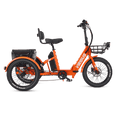


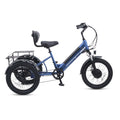
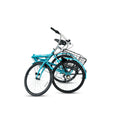
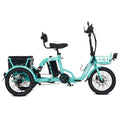

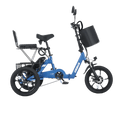







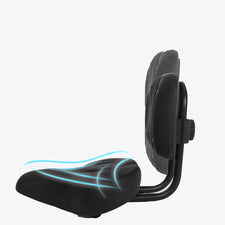





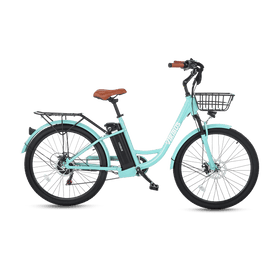
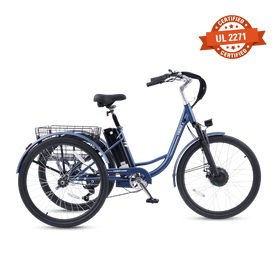
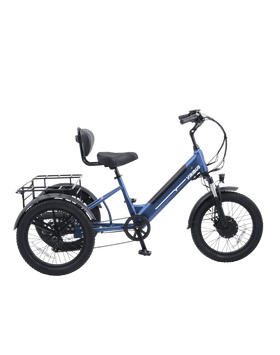



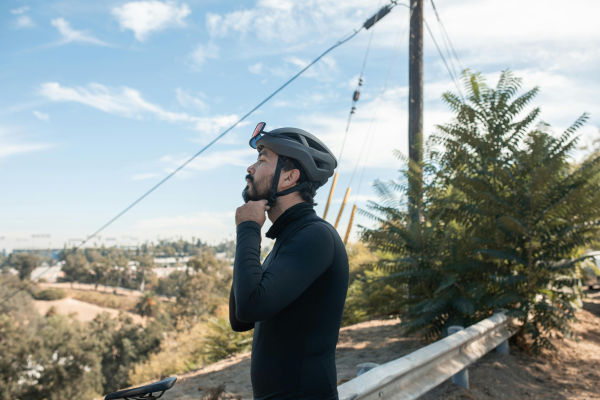
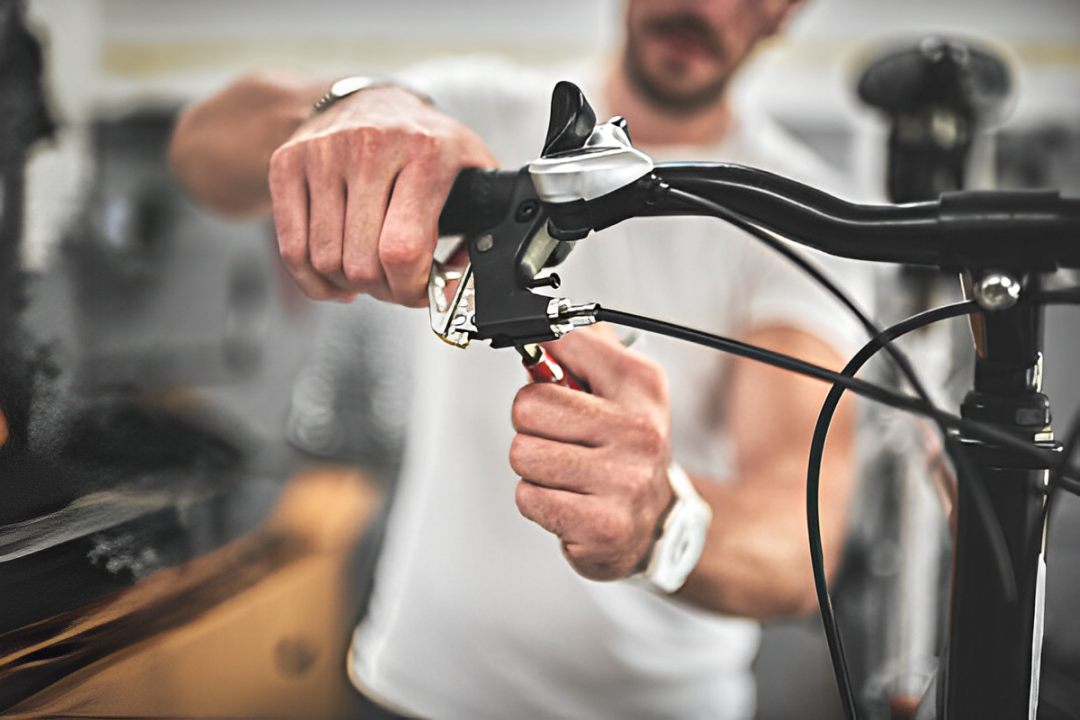
Leave a comment
All comments are moderated before being published.
This site is protected by hCaptcha and the hCaptcha Privacy Policy and Terms of Service apply.